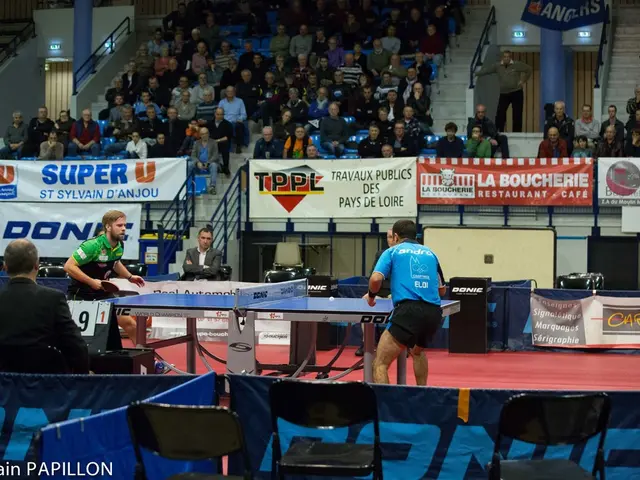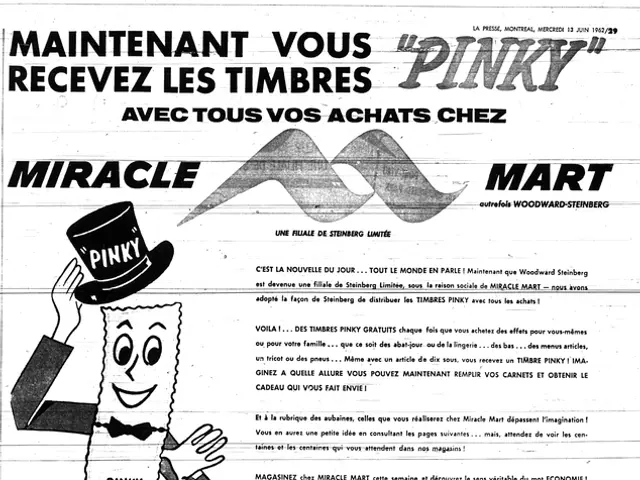Funding of $36.5 million granted to IXI for the advancement of self-focusing spectacles
In a groundbreaking development for the eyewear industry, Finnish startup IXI has announced the creation of autofocus glasses that automatically adjust focus using liquid crystal lenses and eye-tracking technology. This innovative technology represents a significant leap forward from traditional manual focus systems and offers a smooth and intuitive vision correction experience, particularly beneficial for those affected by presbyopia, an age-related difficulty in shifting focus.
IXI's glasses contain liquid crystals whose refractive properties change in response to an electric field, enabling dynamic adjustment of lens focus. Tiny built-in eye trackers monitor where the wearer looks and measure the distance to the object via emitted light pulses. Within about 0.2 seconds, the lenses adapt their focus accordingly, providing clear vision across near and far distances without manual adjustment or head tilting.
This adaptive optics approach is a significant advance over older manual focus systems, such as fluid-filled lenses that required user intervention. The technology addresses a large market demand for effortless clarity, with an estimated 1.8 billion people projected to have presbyopia by 2050.
The technology behind IXI Adaptive Eyewear integrates liquid crystal tunable lenses with real-time eye-tracking sensors and distance measurement, enabling fully automatic and rapid focusing across the entire lens surface. This eliminates limitations of fixed lens zones found in traditional multifocal or progressive lenses. The result is clear vision wherever the user looks, without the need to tilt their head or shift gaze to specific lens areas.
IXI was founded in 2021 by a team specializing in wearable technology, optics, and industrial design. The company has recently secured $36.5 million in Series A funding, led by Plural, with participation from Tesi, byFounders, Heartcore, Eurazeo, FOV Ventures, Tiny Supercomputer, and IXI's existing investors. The funding will enable IXI to complete the product development of IXI Adaptive Eyewear and kick off commercial operations.
While other companies like EssilorLuxottica are innovating with AI and smart glasses, IXI's autofocus glasses stand out for their unique application of adaptive liquid crystal optics combined with eye-tracking for dynamic focus adjustment. This technology represents a notable disruption in the traditional vision correction market, combining optics, electronics, and sensor fusion to transform how people experience vision correction.
As IXI continues to develop and refine its technology, the potential for this innovative eyewear to revolutionize the industry and improve the lives of millions of people with presbyopia is exciting. Stay tuned for further updates on this promising development.
[1] IXI Press Release, "IXI raises $36.5M Series A to bring autofocus glasses to market," 2022. [2] EssilorLuxottica Press Release, "EssilorLuxottica unveils new AI-powered smart glasses," 2021.
- IXI's autofocus glasses, which utilize liquid crystal tunable lenses and eye-tracking sensors, position them as a notable contender in the eyewear industry, setting them apart from competitors like EssilorLuxottica that focus on AI and smart glasses.
- The technology behind IXI Adaptive Eyewear, which integrates liquid crystal lenses, eye-tracking sensors, and distance measurement, not only addresses the large market demand for effortless clarity but also represents a significant disruption in the traditional vision correction market, combining optics, electronics, and sensor fusion.







